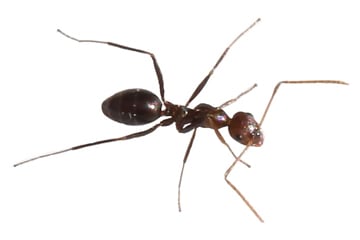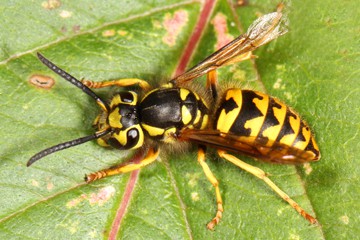Insect Watch
Think you’ve found a dangerous new insect but need help identifying it?
Our Work | Invasive insects | Insect Watch
Keep an eye out for these insect invaders
Australia already has more than its fair share of harmful insects that are not native to the country but are causing massive harm to our native plants, animals and ecosystems.
Invasive insects attack and kill our native animals, out-compete our native insects, carry diseases and attack our Australian plant species.
We must do all we can to keep other invasive insects from entering Australia, and control and where possible eradicate those already here.
Browsing ant
The browsing ant is a concerning ant from the Mediterranean region whose domineering supercolonies displace native ants.
Electric ant
A dreaded ant, the electric ant is under eradication from north Queensland, whose dense supercolonies dominate landscapes ecologically, displacing other…
Red imported fire ant
A prolific stinging ant from South America that kills wildlife, stings people, pets and livestock, and causes many social and…
Yellow crazy ant
A highly invasive ant whose dense supercolonies dominate landscapes ecologically, displacing other insects and preying on small vertebrates as well.
Asian honeybee
An Asian honeybee established around Cairns that will compete with native pollinating insects and birds if it spreads widely.
Common eastern bumblebee
A North American bee that competes with native bees and birds for nectar, and benefits weeds by pollinating their flowers.
Giant honeybee
A large Asian honeybee the giant honeybee will compete with native pollinating insects and birds.
Large earth bumblebee
A European bee, found in Tasmania but not on mainland Australia, it competes with native bees and birds for nectar,…
Red dwarf honey bee
A small Asian honeybee, often intercepted at Australia’s ports, that will compete with native pollinating insects and birds.
Harlequin ladybird
The harlequin ladybird is a predatory Asian ladybird that has caused dramatic declines of various native ladybirds in Europe and…
Gypsy moth
The Gypsy moth is a Northern Hemisphere moth whose caterpillars defoliate trees in forests and farmland, causing devastation overseas.
Brown marmorated stink bug
The brown marmorated stink bug is a dreaded crop-ravaging pest from Asia that may also pose a threat to native…
Asian cycad scale
A sap-sucking bug from Thailand that has driven cycads close to extinction on Guam and Taiwan.



















